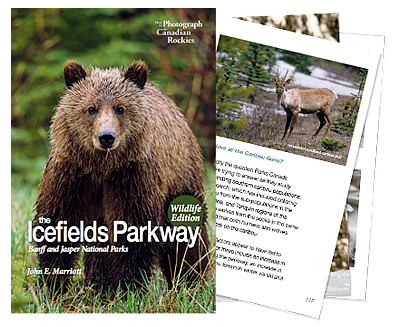How to Photograph the Canadian Rockies Photo Contest
Contest runs from July 15 – September 30, 2011
I am happy to announce a new photo contest to celebrate the glory of the Canadian Rockies and promote my new website How to Photograph the Canadian Rockies. Enter your best images of the Canadian Rockies. Any subject matter is acceptable (sports, wildlife, landscapes, macro, travel, or people) as long as the photo was taken within the Canadian Rockies (see this map for geographical boundaries of the Canadian Rockies). The contest is easy to enter and the prizes are great!
Prizes: The winning image will net the photographer a two night stay at eco-award winning Aurum Lodge, located 45 kilometres west of Nordegg, Alberta, Canada in the heart of the Bighorn Wildlands and situated overlooking Abraham Lake. The prize includes accommodations for one or two persons in a superior corner room and includes one evening meal, two breakfasts and taxes (value $400 CAD).
The winner also receives a 20-image personalized portfolio critique by me (Darwin Wiggett) presented as an interactive PDF (value $200 CAD).
To Enter: Simply go to How to Photograph the Canadian Rockies Flickr group, join the group and enter your favourite image taken in the Canadian Rockies. You may enter up to 10 images per week. If you are already part of the group, your images are automatically considered for the contest. Every Thursday I will pick my favourite entry from the Flickr group and post it on the How to Photograph the Canadian Rockies blog. The final winning image will be chosen from the weekly picks and awarded the prize on Thursday Oct. 6, 2011. Enter weekly, enter often – final deadline is September 30th at 11:59 MST.
Terms and Conditions: Only images of the Canadian Rockies are eligible (open to any photographer, anywhere in the world). All images must be the original work of the photographer. By posting on the How to Photograph the Canadian Rockies Flickr Group the photographer grants publication of images on the How To Photograph the Canadian Rockies blog. The photographer retains copyright and the only use granted by entering is posting of a weekly winner and the final winning image on the How to Photograph the Canadian Rockies blog. If you are already a member of the How to Photograph the Canadian Rockies Flickr group and do not wish your images to be eligible for the contest, you must withdraw your images from the Flickr group for the duration of the contest.
The prize of two nights’ accommodation to Aurum Lodge is available only during the off-season, from October 2011 to April, 2012, excluding public holidays. Transportation to and from the Aurum Lodge is the responsibility of the winner.
Good luck!

























